Photography is a calling that requires vigilance and alertness for that moment in time that only occurs once." – Caroline Mueller
In alignment with the TASK ethos (Trip, Application, Skill and Knowledge), Suncity School 37D organized an educational excursion for the students of Grades VIII A and VIII B to the Museo Camera Centre for the Photographic Arts. This trip was meticulously designed to integrate elements of the Science and Social Science curricula, offering students a unique opportunity to explore the world of photography in terms of artistic expression and historical significance. The trip provided the students with an enriching experience that blended their academic learning with practical exposure to the art and science of photography. This excursion has enabled them to view the world and its past through a more informed and appreciative lens.
Upon arrival, the students were introduced to an extensive collection of over 2,500 antique cameras displayed on the museum's ground floor. These cameras, sourced from more than 100 countries, spanned several decades and included remarkable pieces such as the tiniest camera ever made, the oldest camera dating back to the 1870s, and an array of vintage photographic equipment. Among the highlights were the earliest flash equipment, various photographic films, lenses, enlargers, and light meters, all of which provided the students with a tangible connection to the evolution of photography. The archives also showcased images of significant historical and social relevance, offering a window into the past through the medium of photography.
The topic ‘Light’ in the Science curriculum, was applied to Photography and was discussed at length. The subject of light is a large part of any photographer’s work. We all take natural and artificial light sources for granted in our daily lives. Great photography is influenced by a variety of factors, but light is the most crucial one. Everything in photography is affected by a light source, including the image's character, separation, colours, textures, atmosphere, and narrative. In the realm of the Social Sciences, the topics like ‘Ruling the Countryside’ and ‘Why People Revolt’ were also brought to life through the unparalleled archive of photography which bore testimony to the social, political and cultural events weaving the history of India. Students learned how they can establish a connect between the text and the reality. These skills will help them in building concepts in the future.

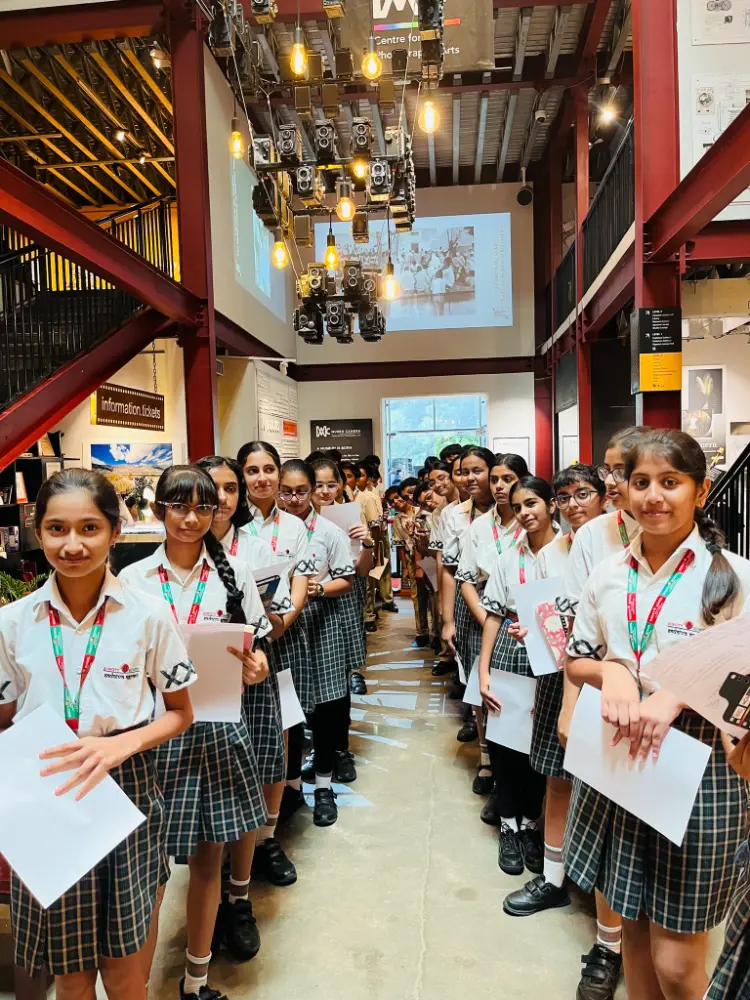
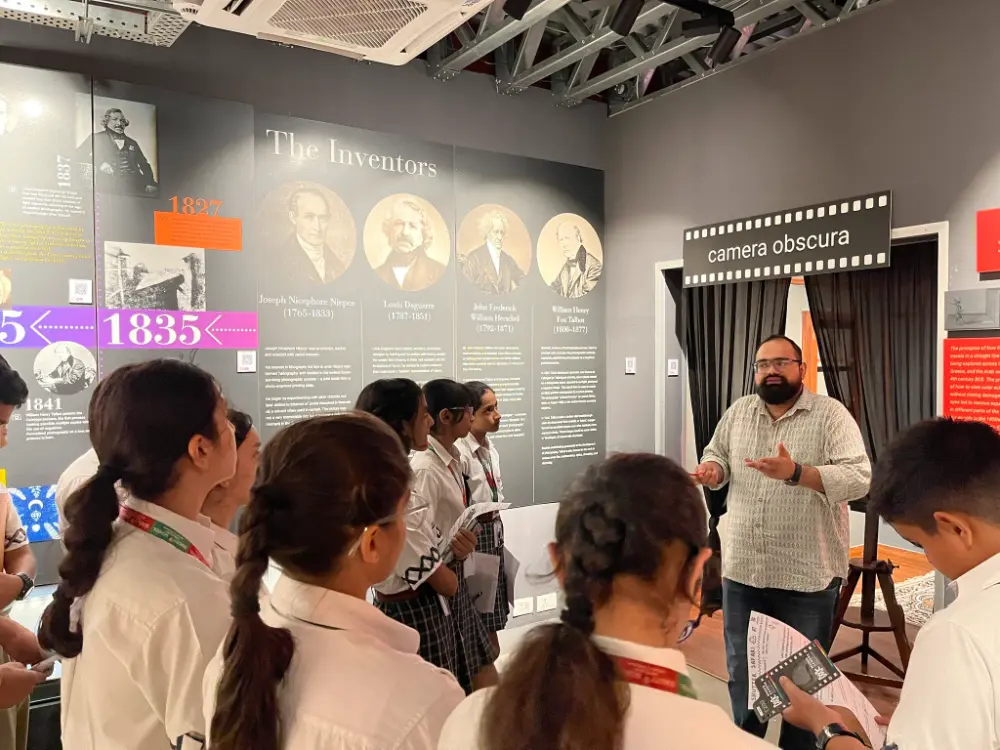
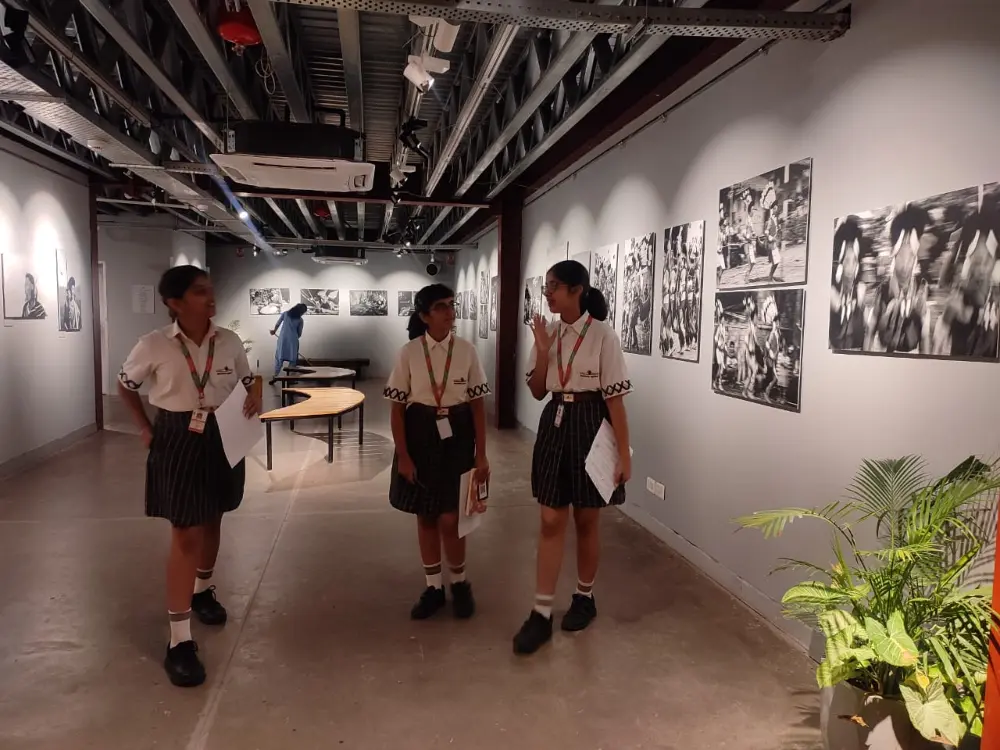
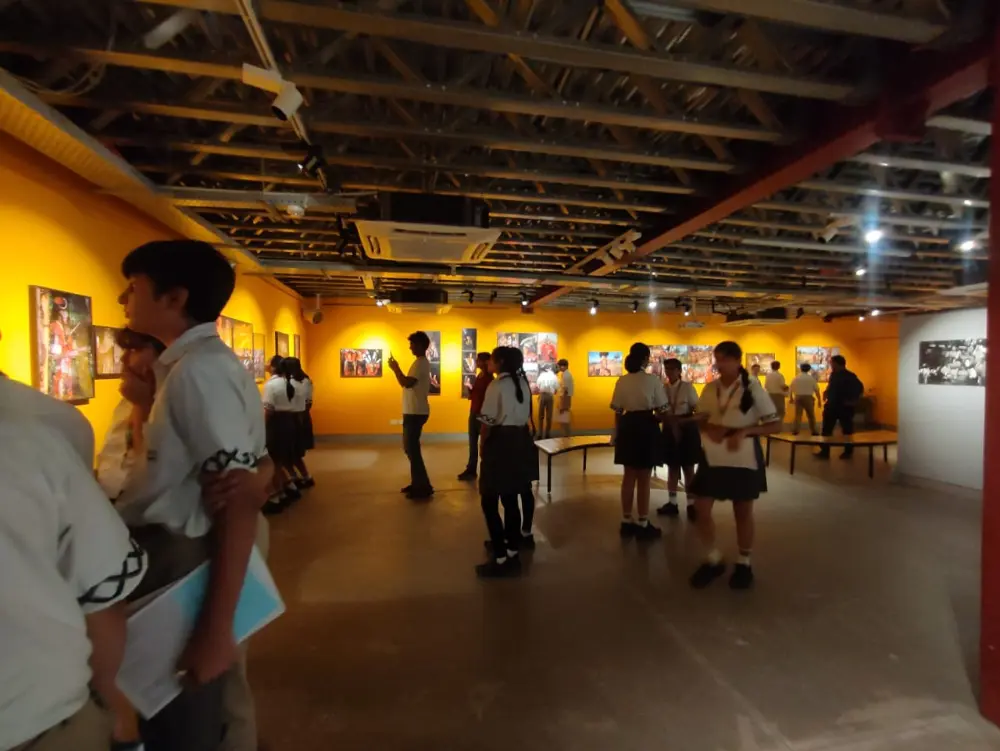
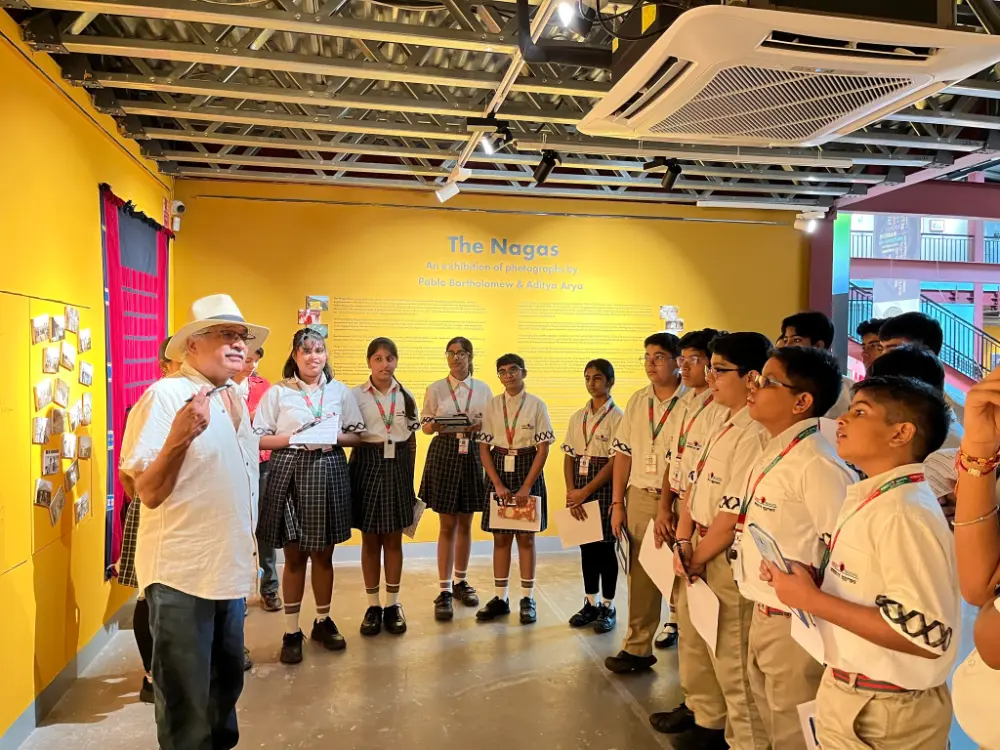
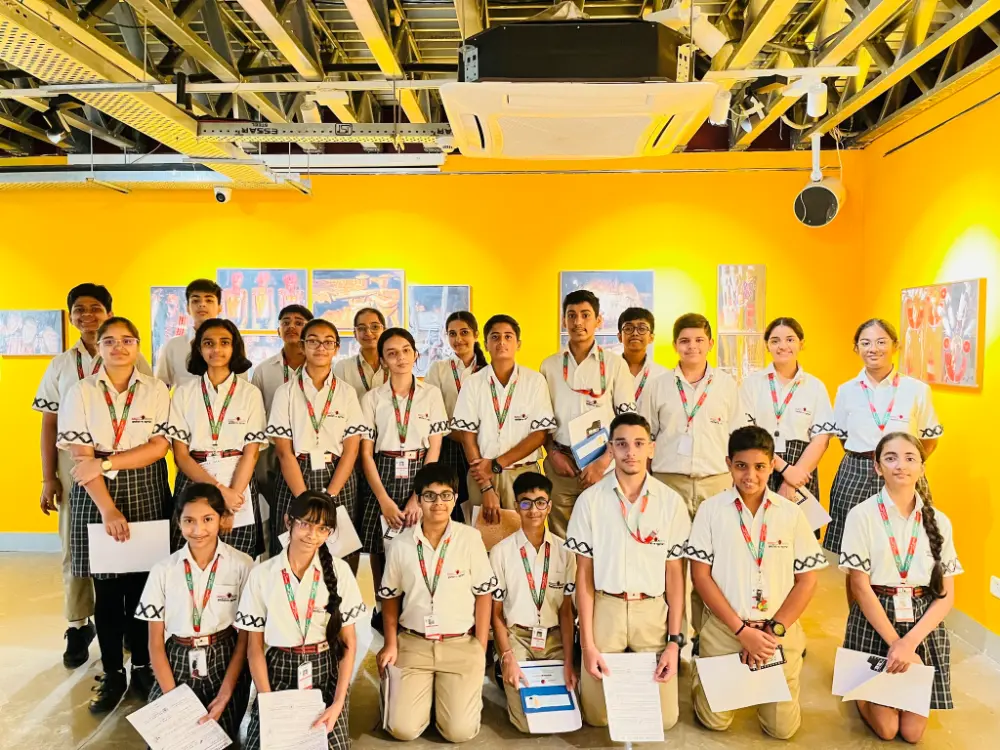
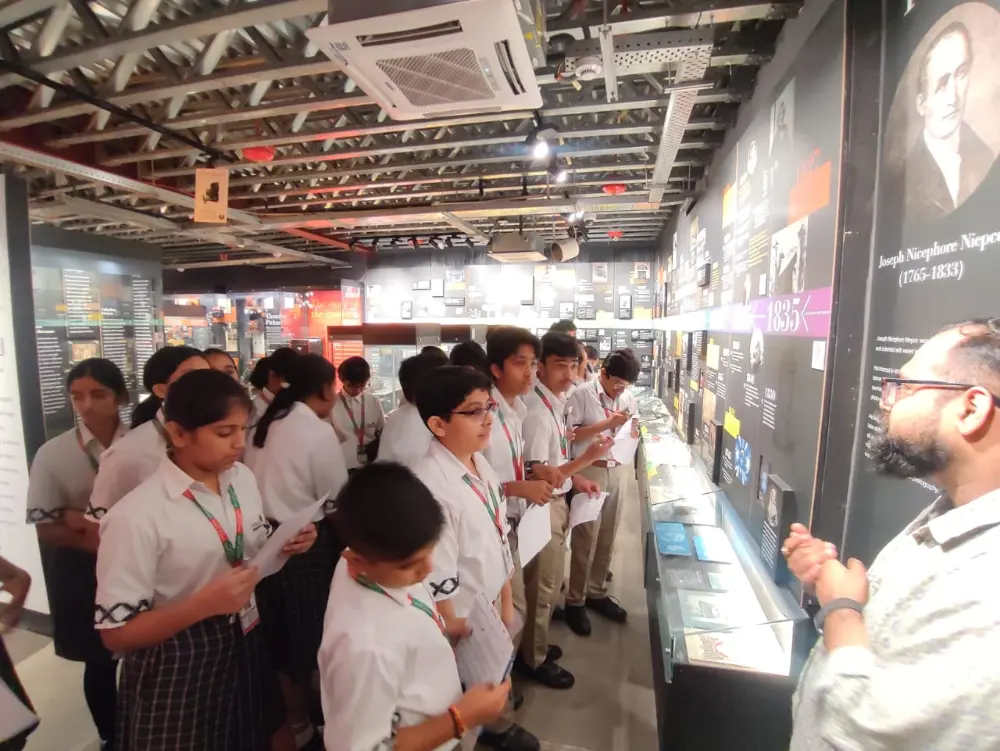
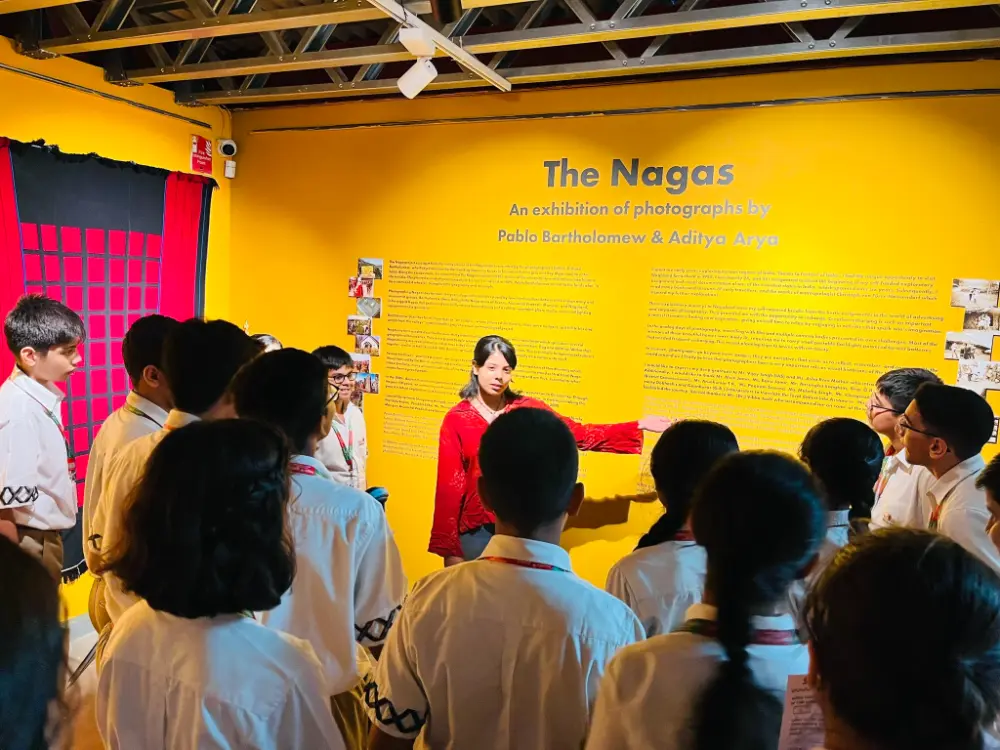
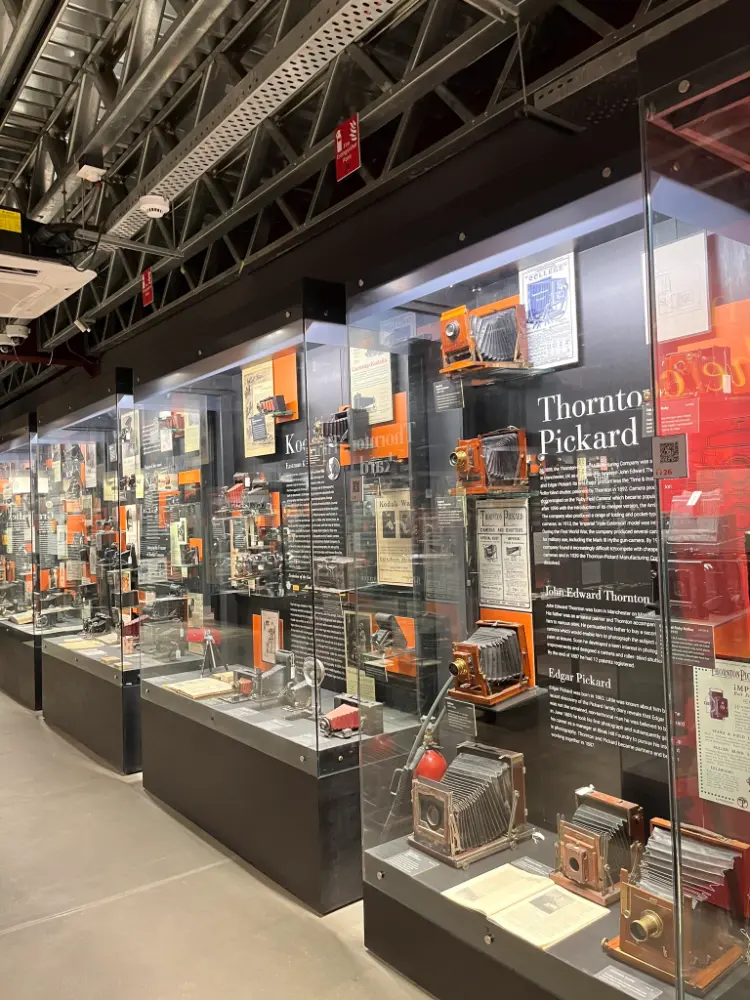
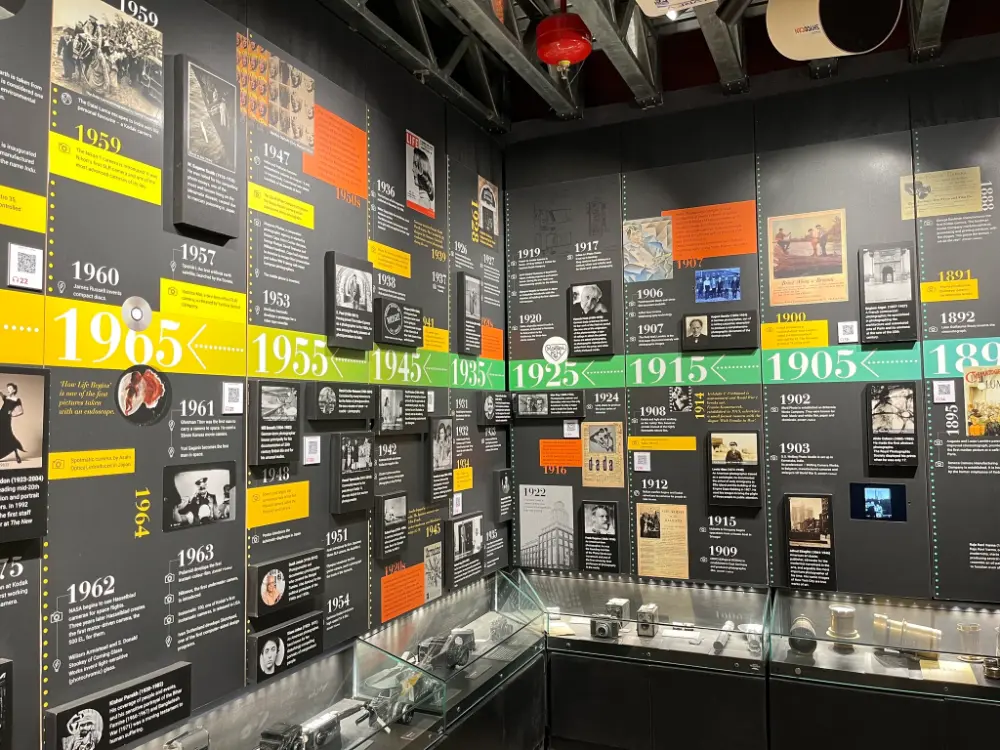
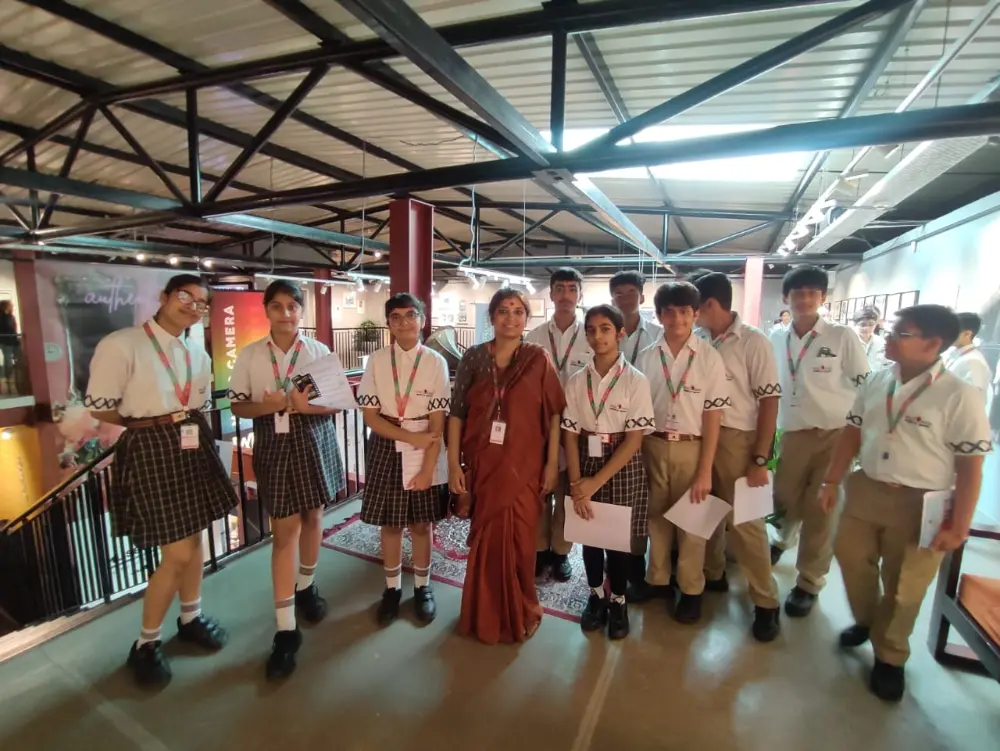
1729490495.webp)


